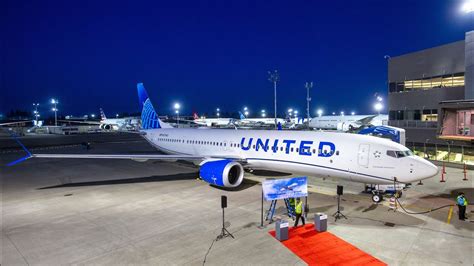Everyone who has flown has pondered this at one time or another, especially between 4:30pm and 8pm at a hub airport. Your flight pushes back from the gate and then the plane seems to drive for hours before getting to the runway and taking off. The amount of fuel burned has to be substantial one would think.
We took a look at data from US DoT on taxi times and came up with the following table. There are some key drivers here: First we assume a fuel cost of $3/gallon. The number may be different for each airline but you will see why having a standard number is useful. We also assume pilots are smart and that they taxi on one engine to save fuel burn. We estimate that a engine burns 17 pounds of fuel per minute. This is true for smaller engines as found on the 737 or A320 – it would be higher for a widebody and even higher for a multi-engine airplane like the 747 or A340.
For simplicity we are only looking at the top three airlines at JFK in 2010. These were JetBlue, Delta and American. Here we compare them by a few key metrics. 
The flights taxiing around JFK in 2010 were not as expensive as you might have thought. The numbers for Delta are interesting as they are quite a lot higher – meaning Delta was spending more on fuel per flight. This could be driven by the airline flying relatively more large planes from JFK (same for American). But it could also mean older airplanes, of which Delta has many. The fact that Delta took over 40% more time to taxi around the airport than American is intriguing.
The percentage numbers show relatively to the total fuel and flights for 2010 each airline used or generated, respectively. JetBlue generated 40% of the flights but used only 33% of the fuel – reflecting its smaller airplanes and the fact that they are relatively new. American’s fuel use and flight numbers are in sync. But Delta’s are not.
The data displayed should generate a lot of follow-on questions. Please add a comment or suggestion below. We think the data provides a very interesting view on relative airline performance. We will be delving into the data some more. Your suggestions will help focus this effort.
Views: 29




The reason for Delta’s long taxi times is connected to their terminal situation. Delta is running more flights than their facility can really handle and the result is inbound flights often face extended waits to get on the gate. This also creates congestion for inbound flights when the ramp exits are blocked by inbounds.
I agree completely with the last comment about Delta’s ramp conditions at JFK. Not only do the inbound flights congest the alley but during peak hours when JFK pushes over 120 flight per hour, that if any aircraft pushes back from the gate into the alley from terminals 1,2 or 3 then all other aircraft waiting to push must hold their place until that aircraft is clear.